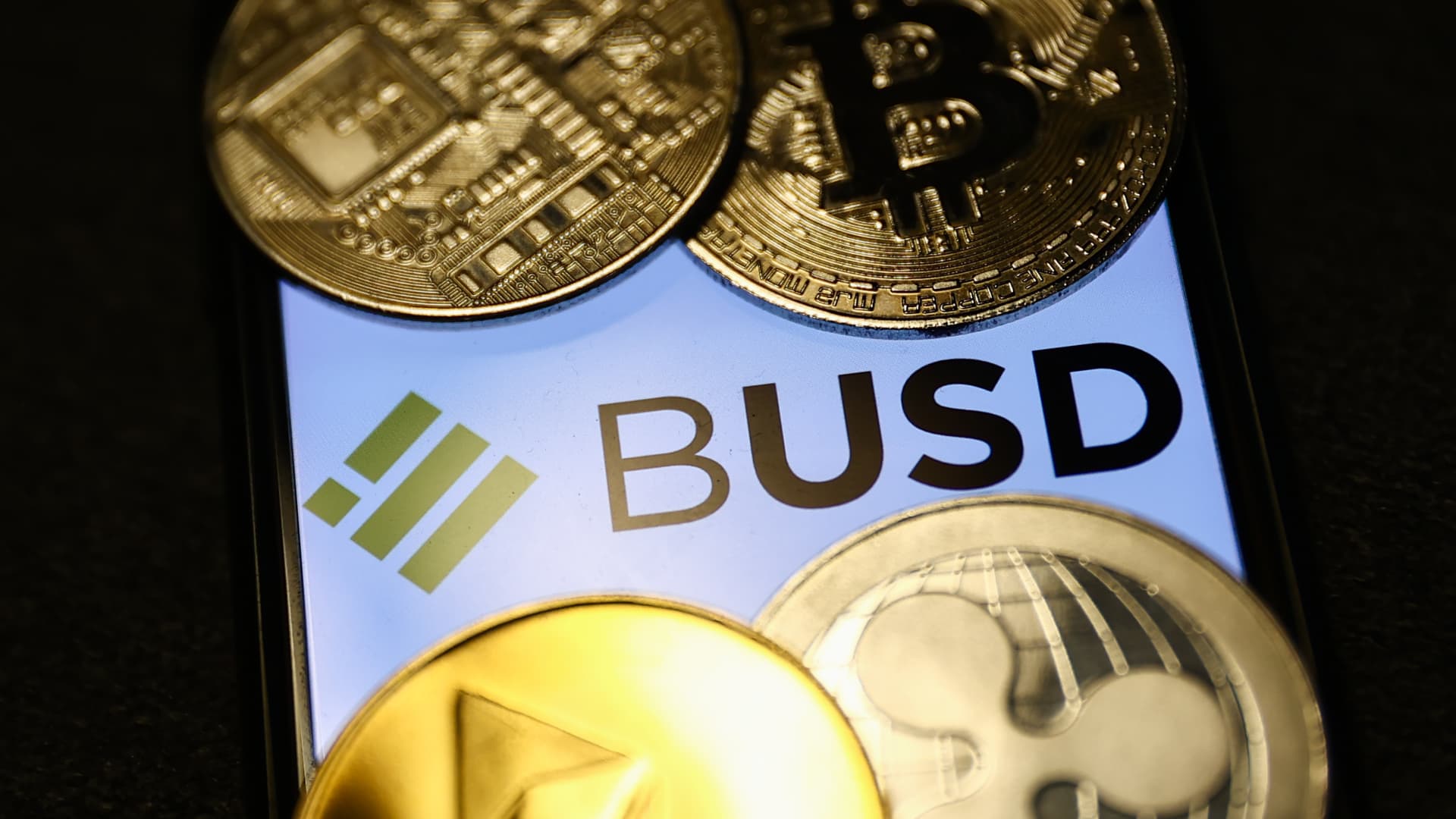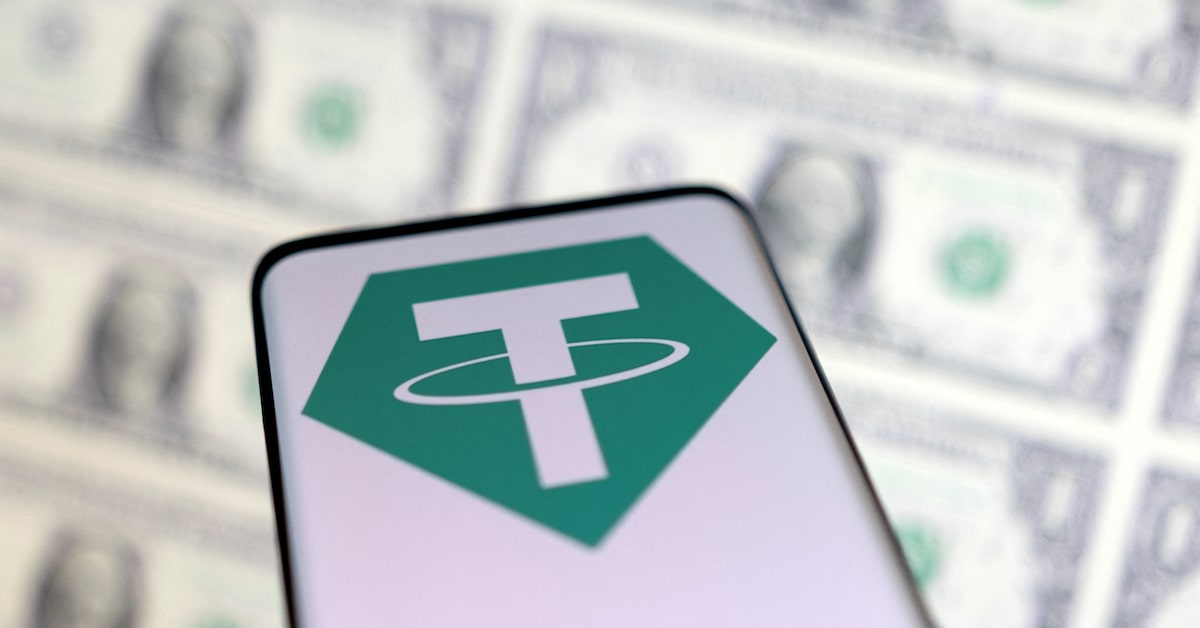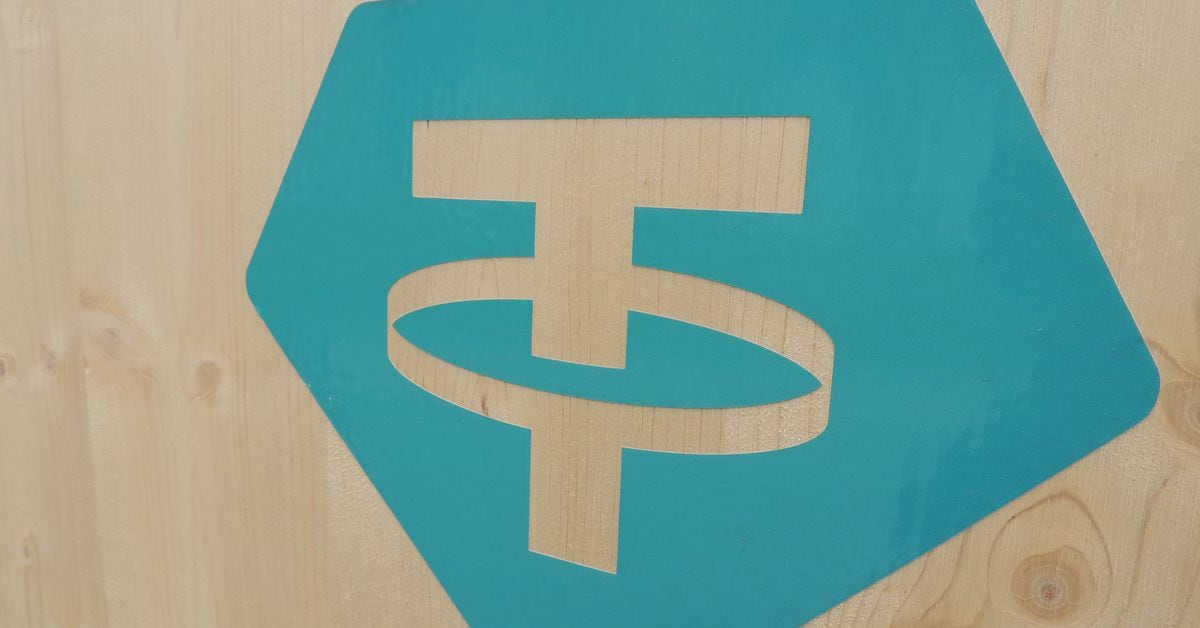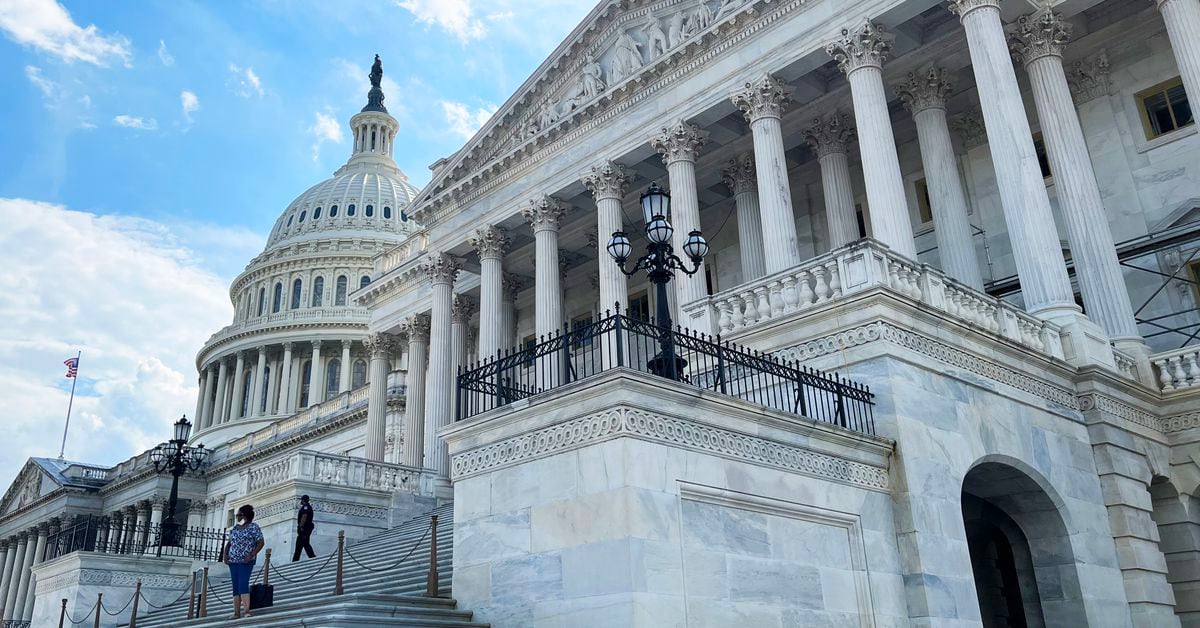...
Issuers of those stablecoins say they are backed by real assets such as fiat currency or bonds so that users can redeem their token one-for-one with a real asset.
Tether says that more than 58% of its reserves are held in U.S. Treasury Bills, accounting for around $39.7 billion. Circle, the company behind USDC, has around $12.7 billion worth of Treasurys in its reserve. Paxos, which issues BUSD, said it has around $6 billion of U.S. Treasury bills. All those figures are from the companies' latest reports which were issued in November.
But while there are no signs of major stablecoins collapsing, Eswar Prasad, an economics professor at Cornell University, said it's something regulators he's spoken to are worried about because of the impact it could have on traditional financial markets. That's because a potential run on a stablecoin — where large swathes of users look to redeem their digital currency for fiat — would mean the issuer has to sell off the assets in their reserve. That could mean dumping large amounts of U.S. Treasurys.
...
The academic warned that if such a run were to occur when bond market sentiment was "very fragile as it is in the U.S. right now," there could be a "multiplier effect" thanks to large selling pressure on Treasurys.
"If you have a large wave of redemptions that can really hurt liquidity in that market," Prasad said.
...

A stablecoin collapse could spill into the U.S. bond market and economy, professor warns
While there are no signs of major stablecoins collapsing, an economics professor at Cornell University says it's something regulators are worried about.
Last edited:







